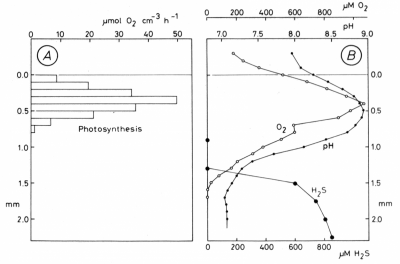- Joined
- Aug 24, 2016
- Messages
- 1,506
- Reaction score
- 2,299
What I am missing in your experiment is a tube with a few grains of coral sand rich in phosphate. I think cyanobacteria are superior in the utilisation of phosphate deposits and can still grow on these phosphate deposits when corals already suffer phosphate limitation. Together with the ability of phosphate storage this in my eyes is a main reason for cyano blooms.


















